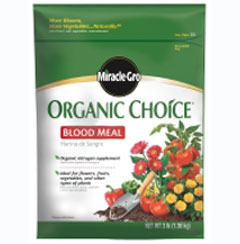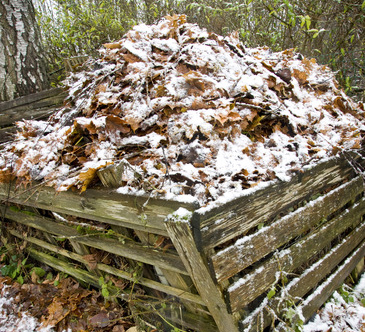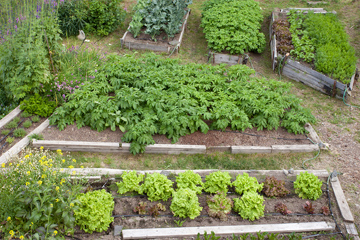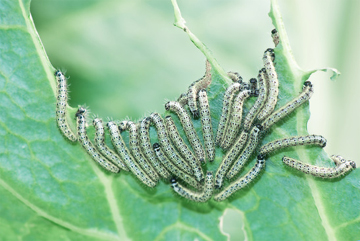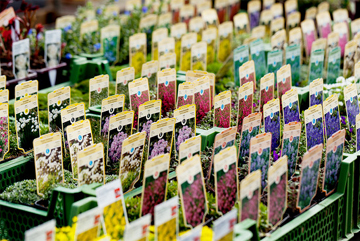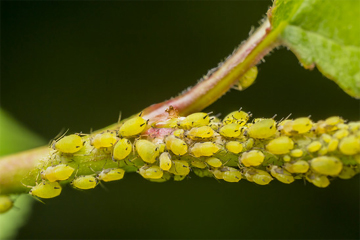Hi folks,
it’s that time of year again! With the fine weather we’ve been having recently it’s a good time to look at what needs to be done in the garden to get you set up for the rest of the year. The garden poses so many opportunities, as a peaceful and relaxing place to work in your spare time, as a way to grow your own vegetables for the home, as a way to produce beautiful selections of colour and as a place to just relax and chill out with your family and friends whenever weather permits from now and right up until late Autumn.
Of course it takes a bit of planning and preparation to have your garden fit for purpose for the rest of the year and it all starts around now:) So in order to help you we’ve put together a list of garden tips for Spring to get you going, hope you enjoy:-) :-
- Ensure good soil conditions – In Ireland we are lucky to have plenty of rainfall(too much sometimes!!). For planting the soil needs to be dry so wait until conditions are right and dig the soil until it is nice and fine, not clumpy, concrete-like beds. You can check soil consistency by squeezing a lump in your hands. Your soil is ready if it crumbles and falls through your fingers. If we get a very dry spell for a number of weeks many plants will benefit from regular watering and feeding.
- Using fertilizers – fertilisers come in the form of granular compounds and foliar plant feeds. They will contain elements such as nitrogen, phosphate, potash and trace elements. Some soil types are deficient in certain elements and some plants require a different types of elements than others. If you are hiring a professional gardener to help plan or maintain your garden, they will be able to advise on suitable fertilisers that suit your needs. Your local garden centre may also have an inhouse advisor who can give guidance on the type of product to use.
- Protect against frost damage – keep an eye on the weather forecast and if frost is expected take outdoor potted plants prone to frost damage indoors and cover other plants that are prone to frost damage and which can’t be moved.
- Make compost – Spring is also a good time to start a compost pit or pile. You might be a beginner this year but next spring you’ll need more than just factory fertilizer. Collect all your weeds and cut-offs and pile them somewhere at the corner of the garden. Add equal amounts of chopped up green and brown material. You can cover the heap with an opaque polythene paper to protect it from direct sun heat. By this time next year your compost should be ready.
- Lawn Maintenance – Start mowing you lawn from now on if you have not already done so. Mow once weekly from now until June and less often as the growth slows during the Summer months. Lawns looked a bit miserable recently with the night frosts but with the mild weather they should start to look healthier. Once they have been mowed and the new grass comes along it should have a nice green colour again. If the grass appears low in nutrients apply an appropriate fertiliser. Your local garden centre or an experienced gardener can advise and/or apply the fertiliser for you.
- Planting vegetables – you can start planting most types of vegetables from now on when soil conditions permit. Rotate where you sow the vegetables in your garden each year to prevent build up of disease and pests. Ask any experienced gardener and they will be happy to advise or to help get you started.
- Slugs and Cabbage butterflies – slugs will cause damage to plants above and below the ground. Often times the damage is gone too far by the time the plant starts to loose its vigour. When slug populations go above a certain density they can cause serious damage to a garden. You can quantify slug popluations by putting down bates and counting them. Cabbage butterflies like to come to the surface as soon as the frost is gone. It lays its eggs against the lower stems of cabbage, kale, broccoli, cauliflower and Brussels sprout. Often, once the eggs hatch, the plant loses its vigor and dies. You can protect your crops using a combination of physical methods, cultural control, biological controls and non-toxic sprays and pellets. Again, ask an experienced gardener for advice if you are not sure or see if they will provide a maintenance program for your garden.
- Planting flowers from seed – planting a selection of flower varieties which come into flower at different times will give better continuity of colour in your garden throughout the Summer. Over the next couple of months sow different flower varieties starting with the hardier ones outdoors that are not prone to frost damage. More delicate varieties can be sowed later or started in pots indoors and moved out when temperatures permit. Ask your local garden centre for a planting program that suits your local area and soil type or a professional gardener/landscaper will plan, source and plant the seedlings for you.
- Divide perennials and tend to their beds – time the division to take place when shoots are about 2 and 4 inches tall. New beds for perennial flowers are made by making a 6-inch deep layer of rotten manure or compost and working the bed deeply. When plants grow in deep, rich soils, they are unlikely to suffer the summer drought. Existing beds should be cleared of plant debris and mulched to protect them from weed growth. Some perennial flowers do not need dividing so if you choose carefully from the outset you could save yourself a lot of work!
- Roses – watch roses for high infestations of greenflies.
Spray for blackspot disease in advance if it is seen as a threat as the sprays only work in a preventative manner.
- Apply oils to trees and shrubs – apply horticultural oils to pears just as the buds begin to appear and again 10 days later to control leaf blister mite and psylla. As for apples, the application should be done when half of the green tissue can be seen developing in the buds. Shrubs and ornamental trees are sprayed with dormant oil to control aphids, spider mite and scale.
Garden tips for Spring – Summary
As you can see, these gardening tips do not require a major overhaul of your garden, and will suit the majority of readers as it encompasses a cheap, easy alternative to improving the quality of your garden for spring. However, if you find yourself too busy to look after the garden yourself or just need a helping hand just post a job on Tradesmen.ie and get up to 4 quotes from rated gardeners in your Area!
Cheers
Oliver Dempsey
Tradesmen.ie
11th April 2015
Here are some other articles that you might be interested in below:-
Low Maintenance Garden Cost Survey
Water Charges – Conserving Water in the Home and Garden
Gardening Tips For Wet Weather
Home Improvement Tips that Add Value to your Home
Tips for Removing Common Stains in the Home
Tips for Reducing your Heating Bill
Home Improvement Tips for Wet Weather


